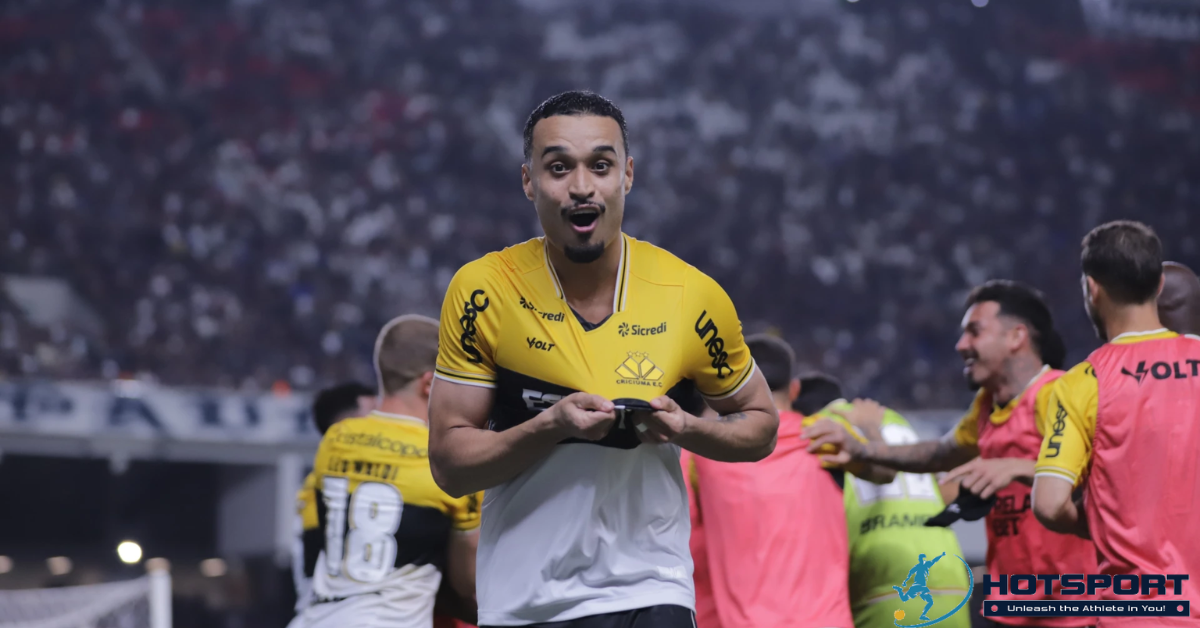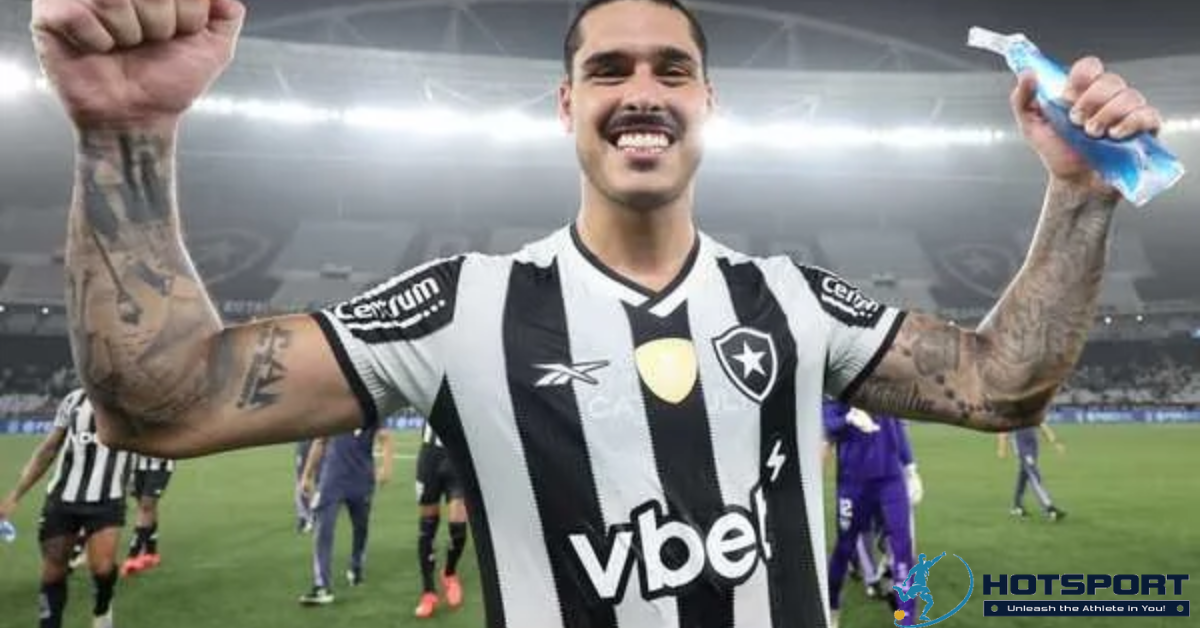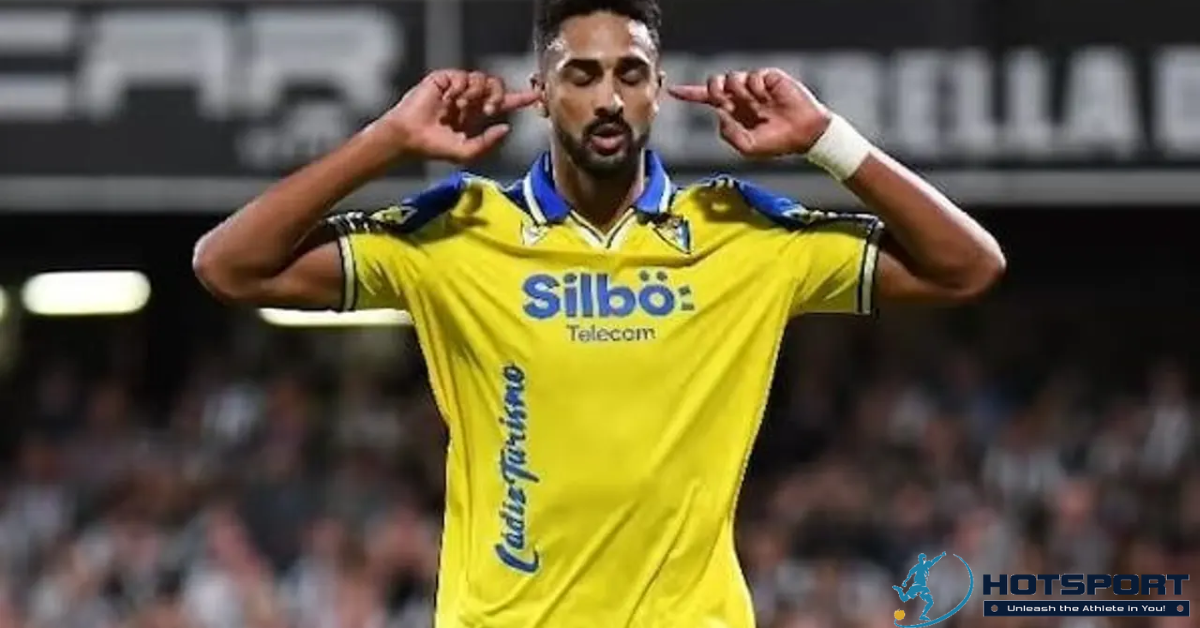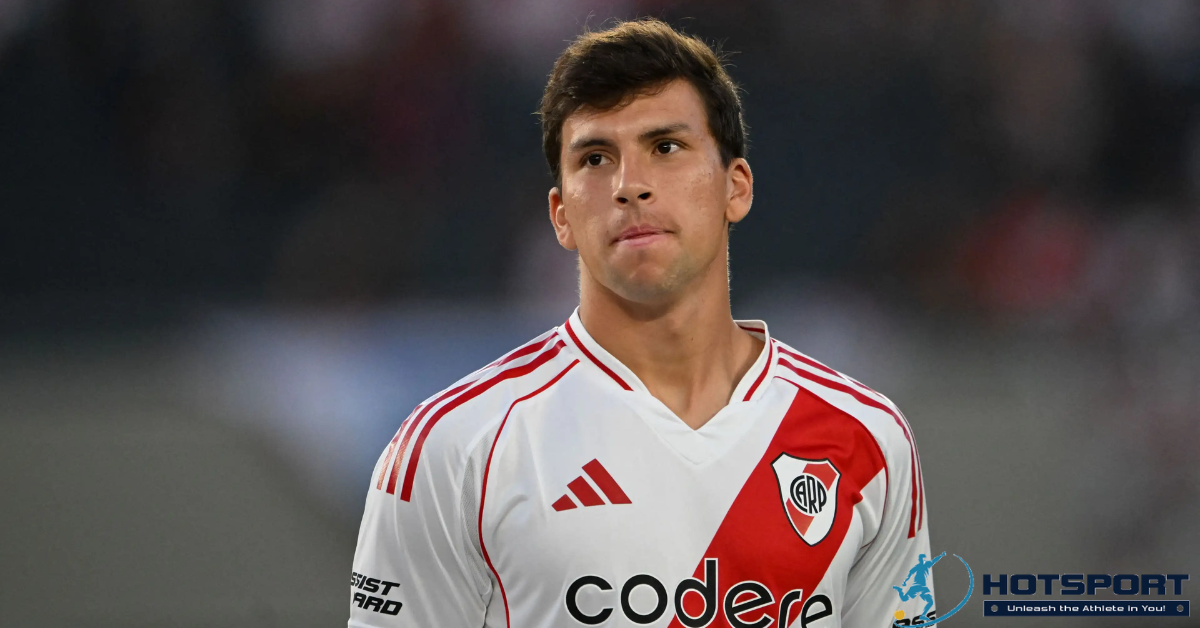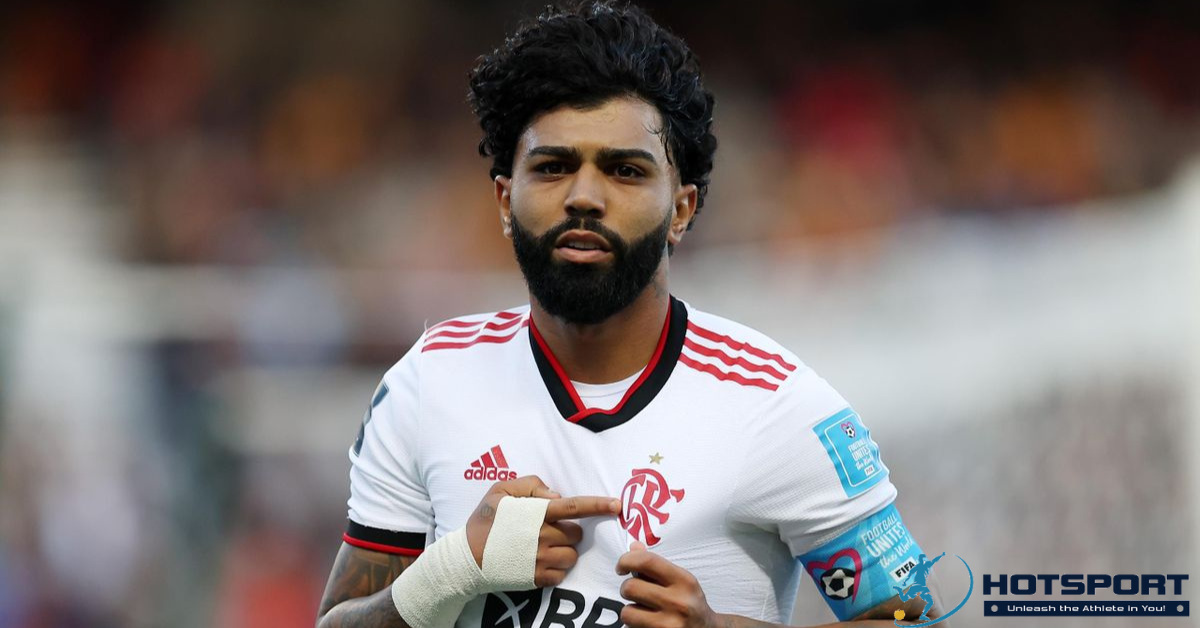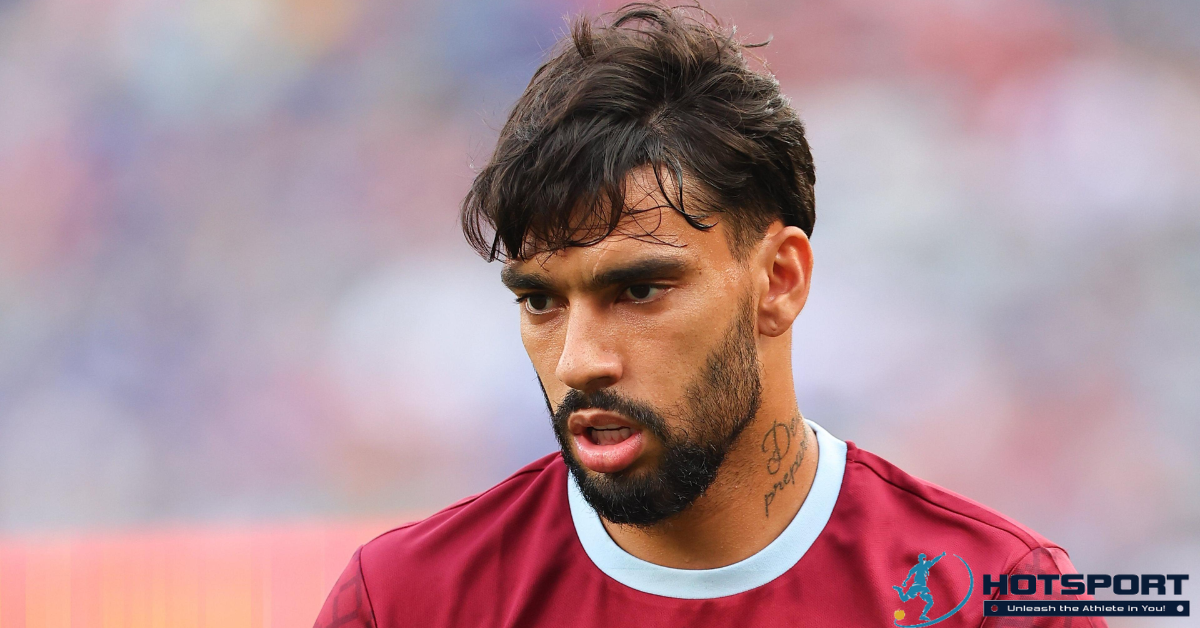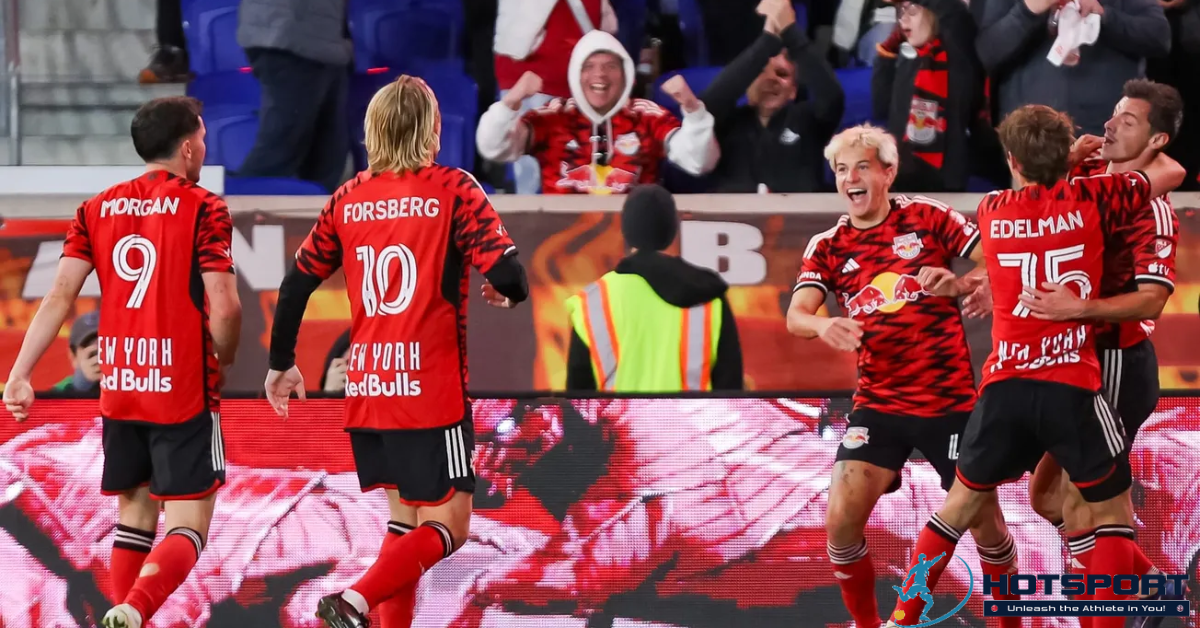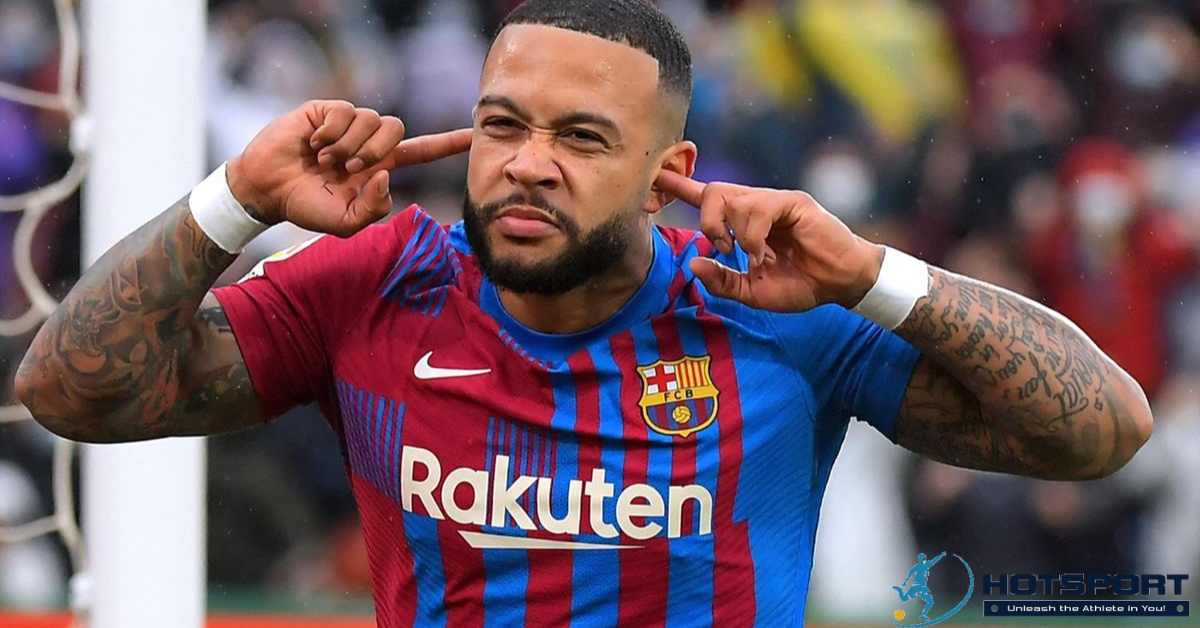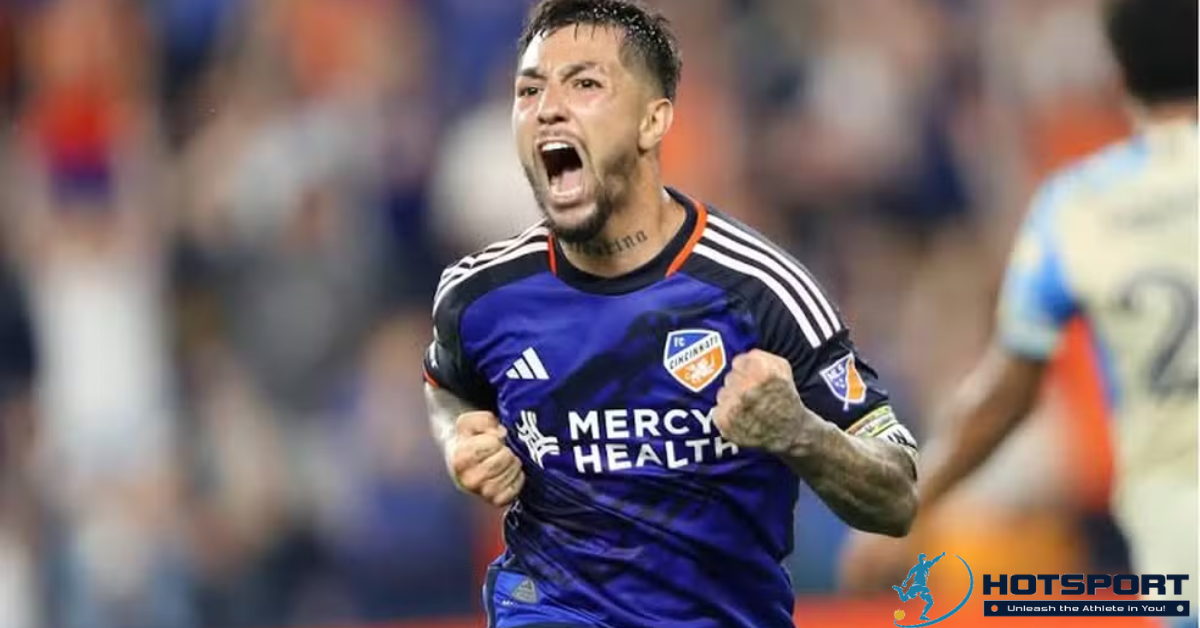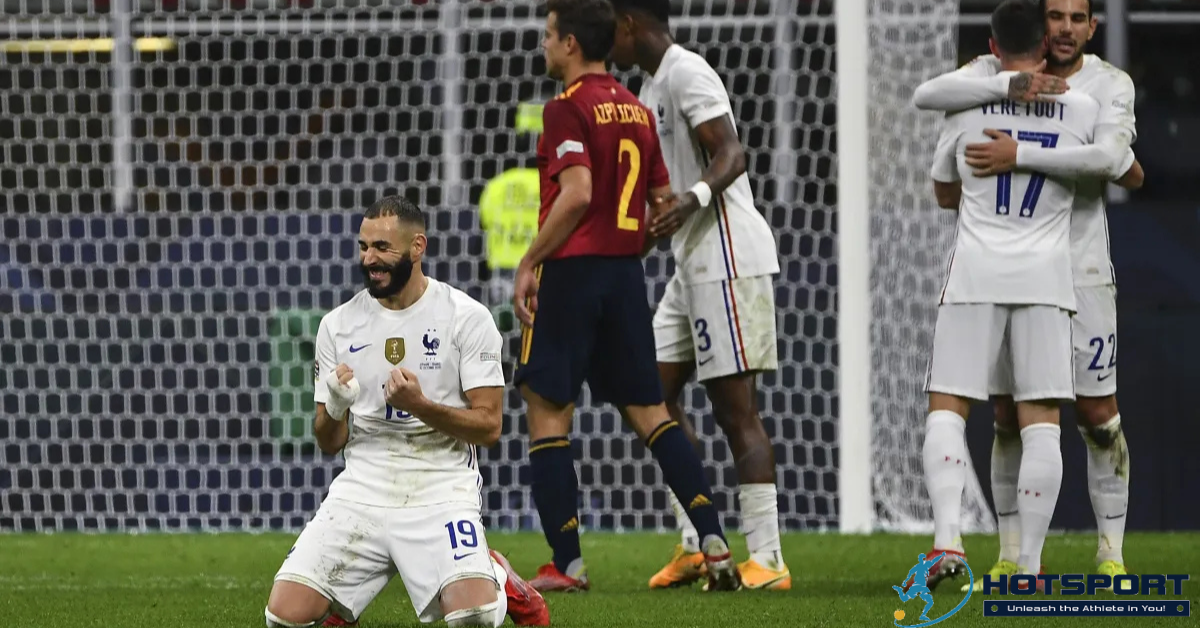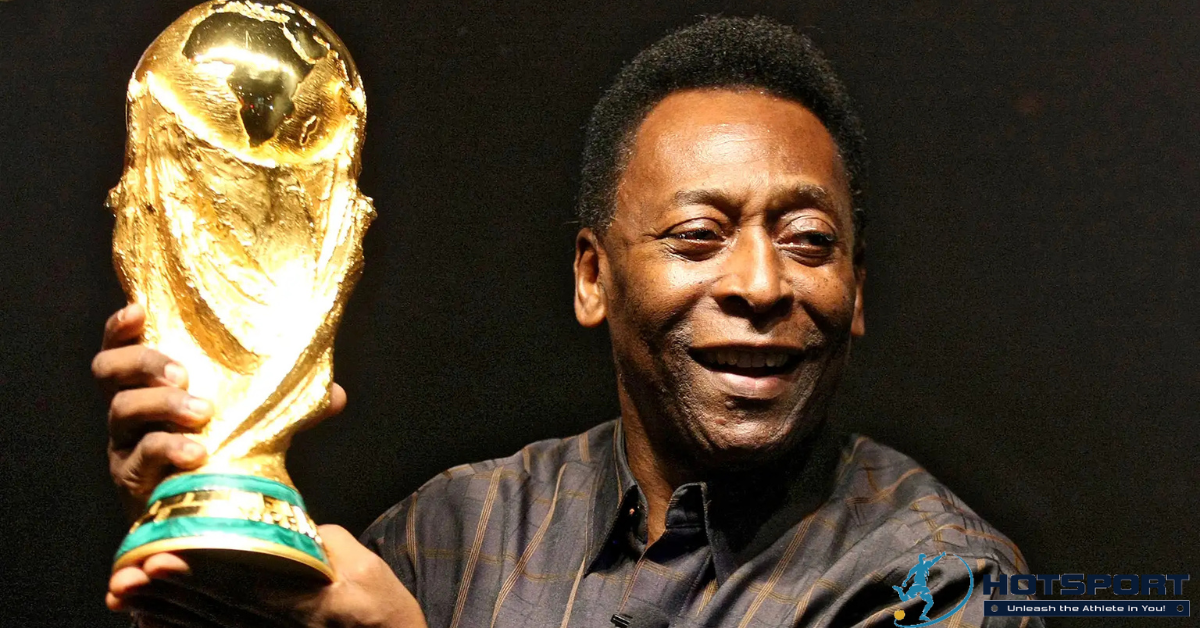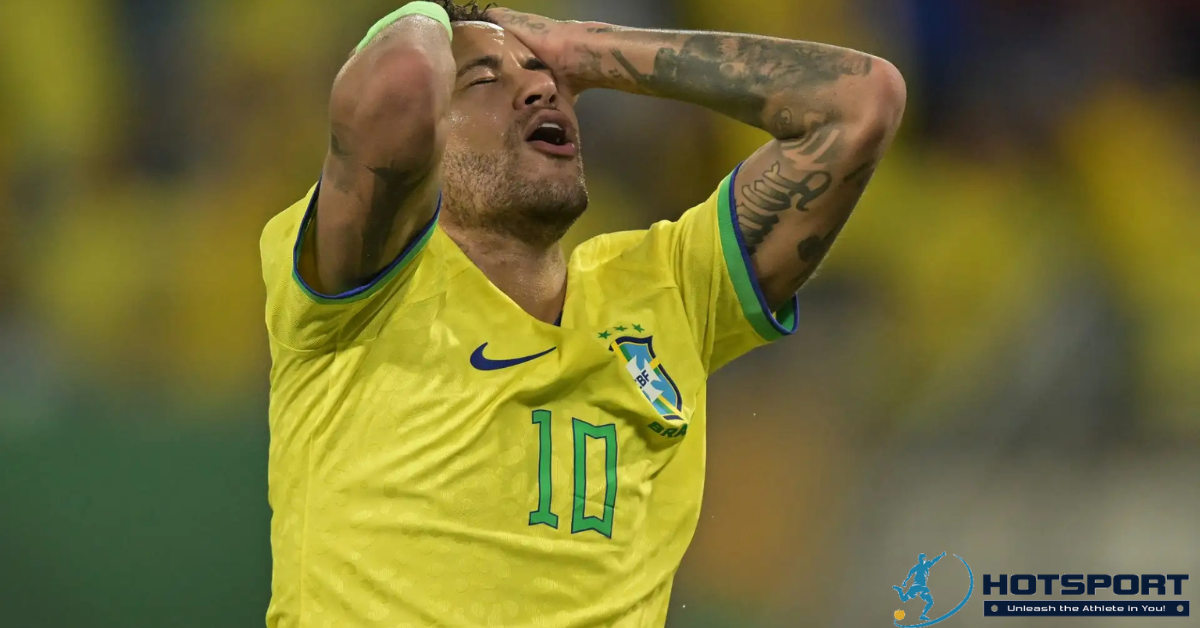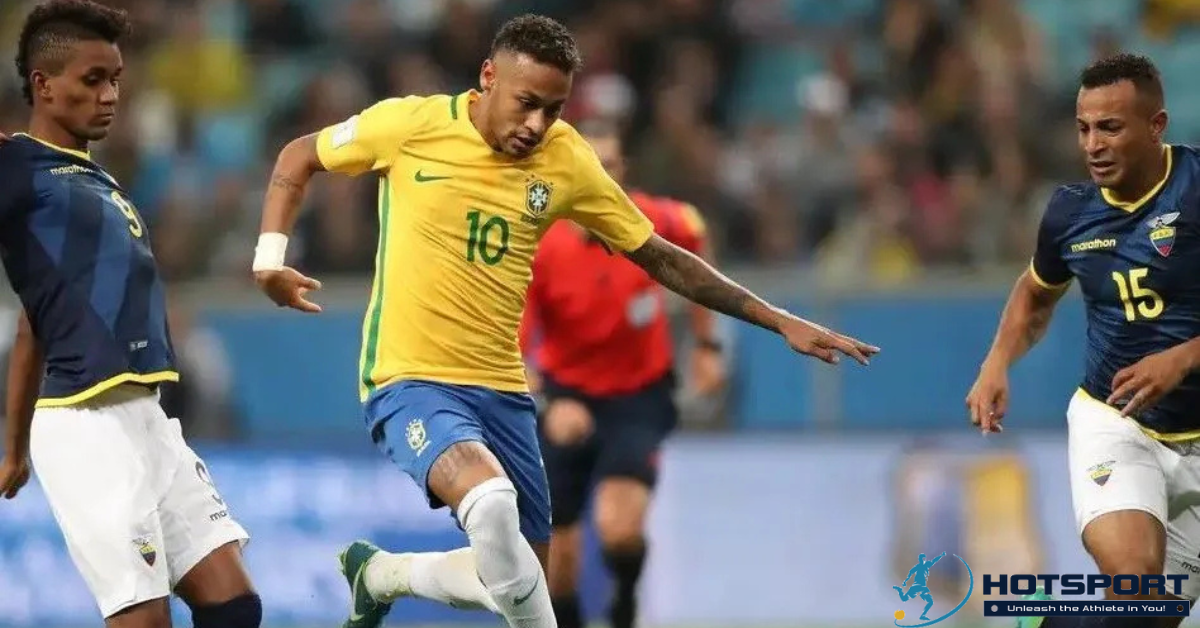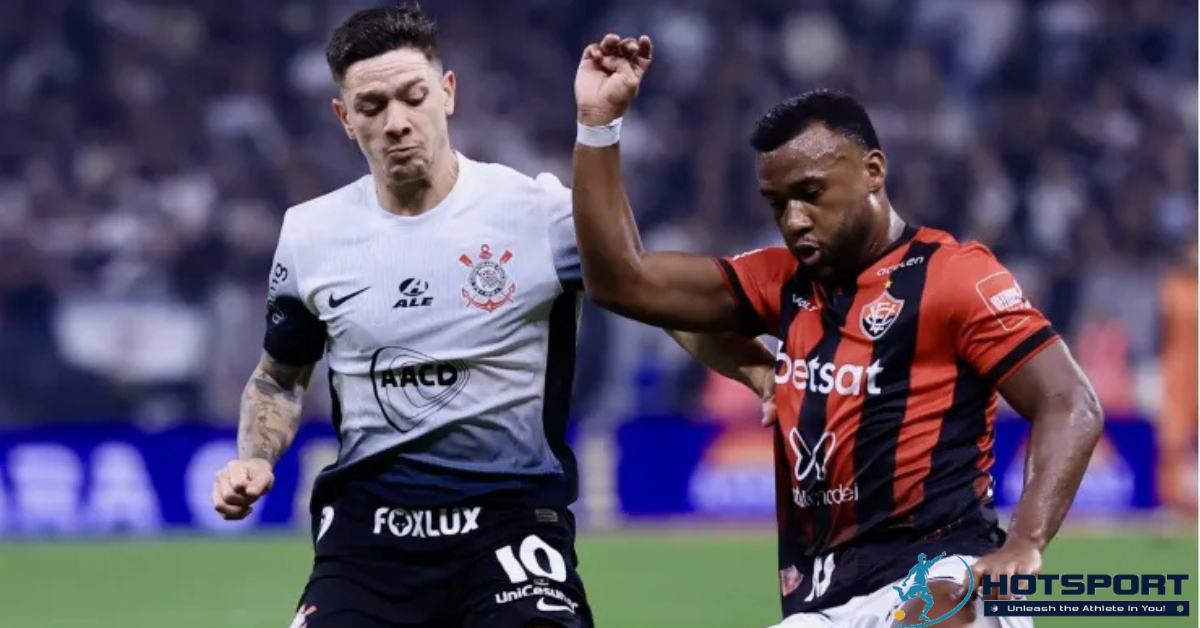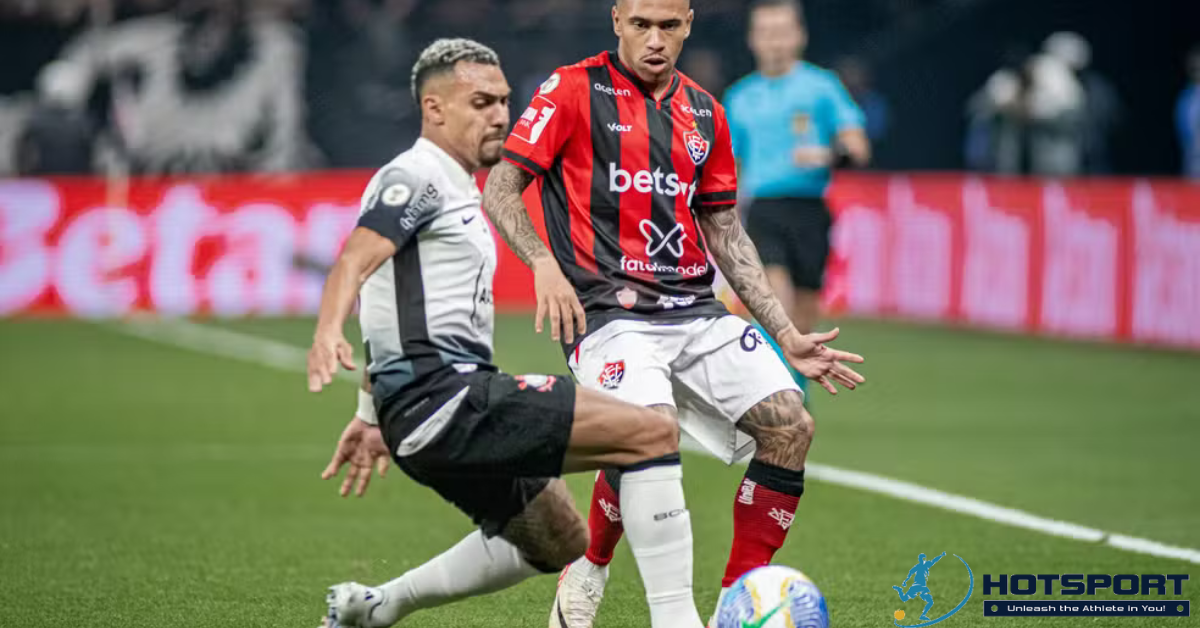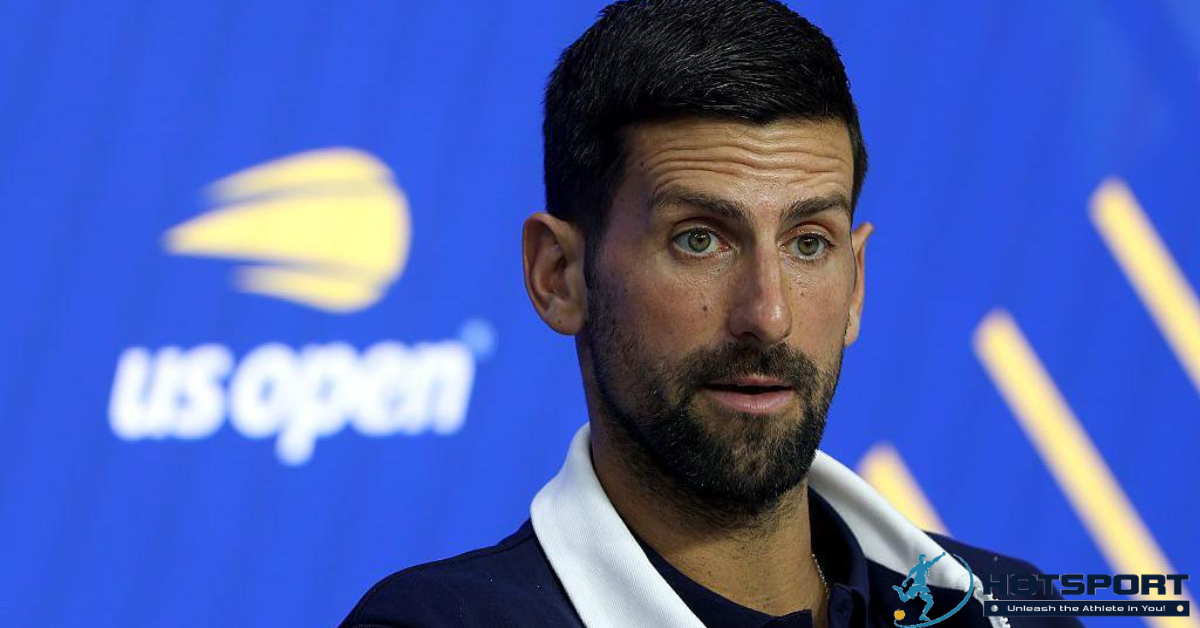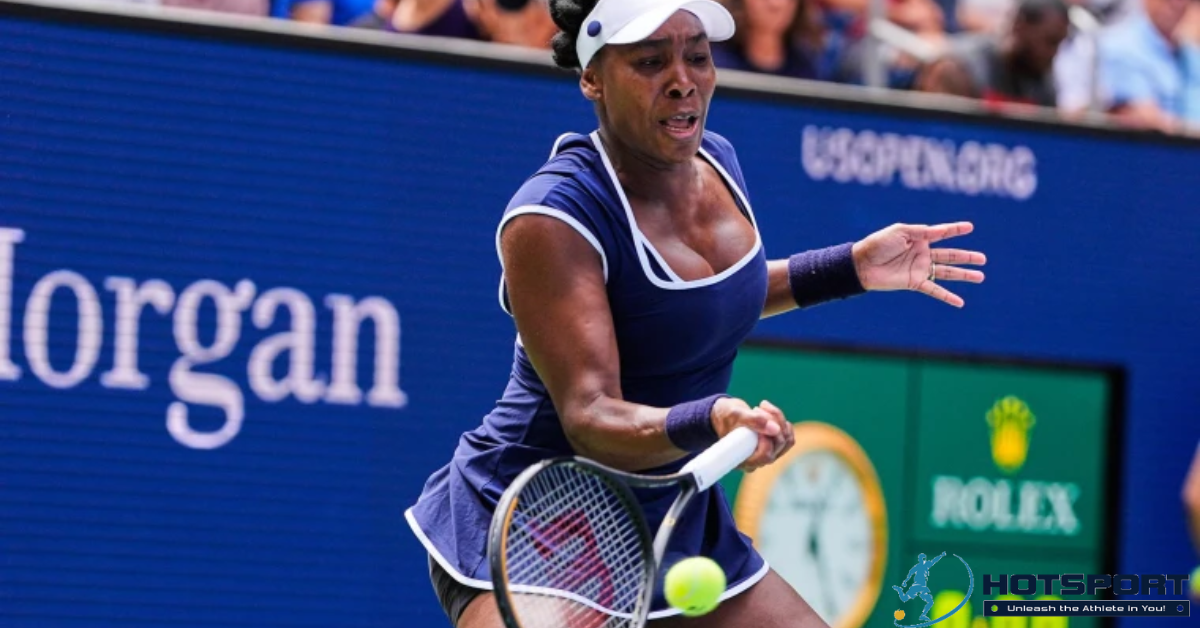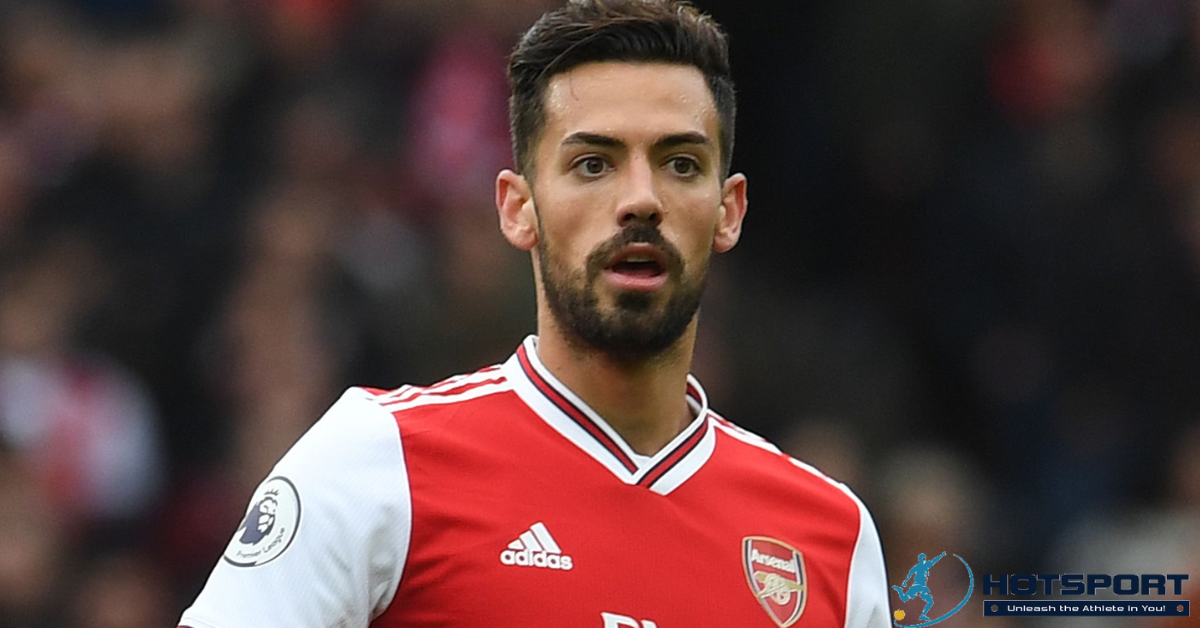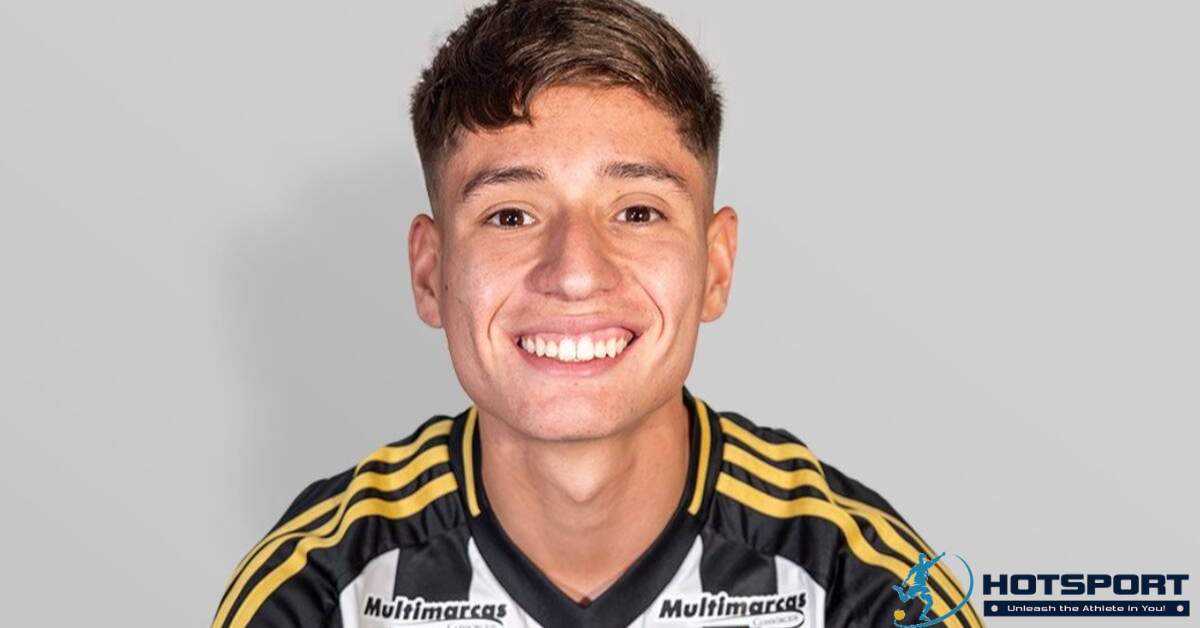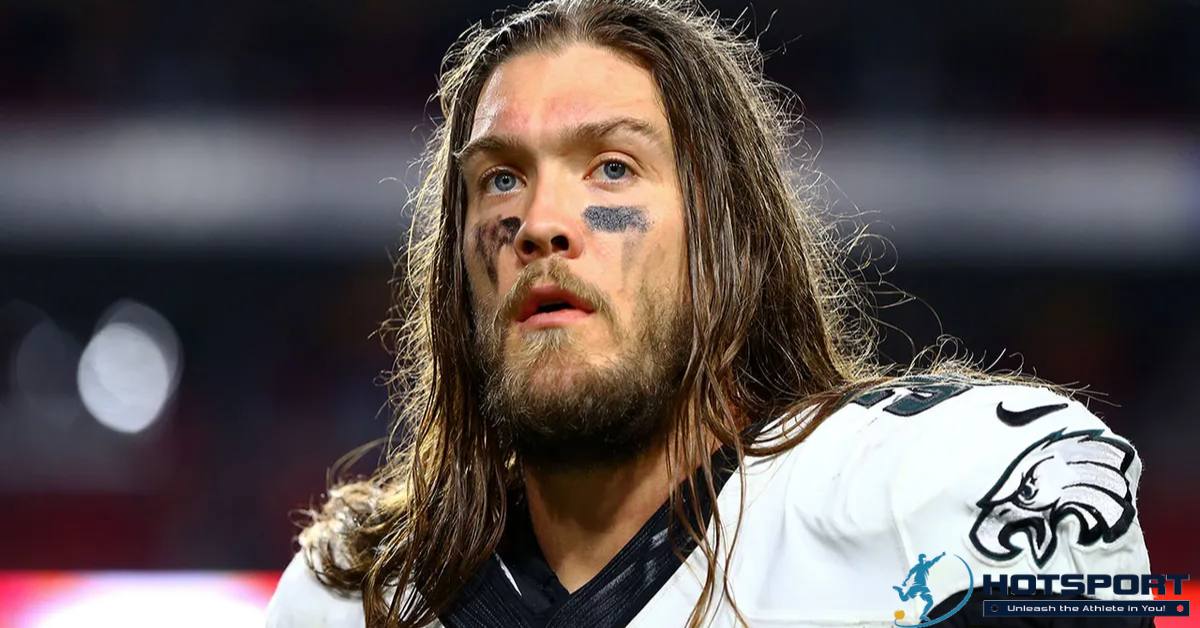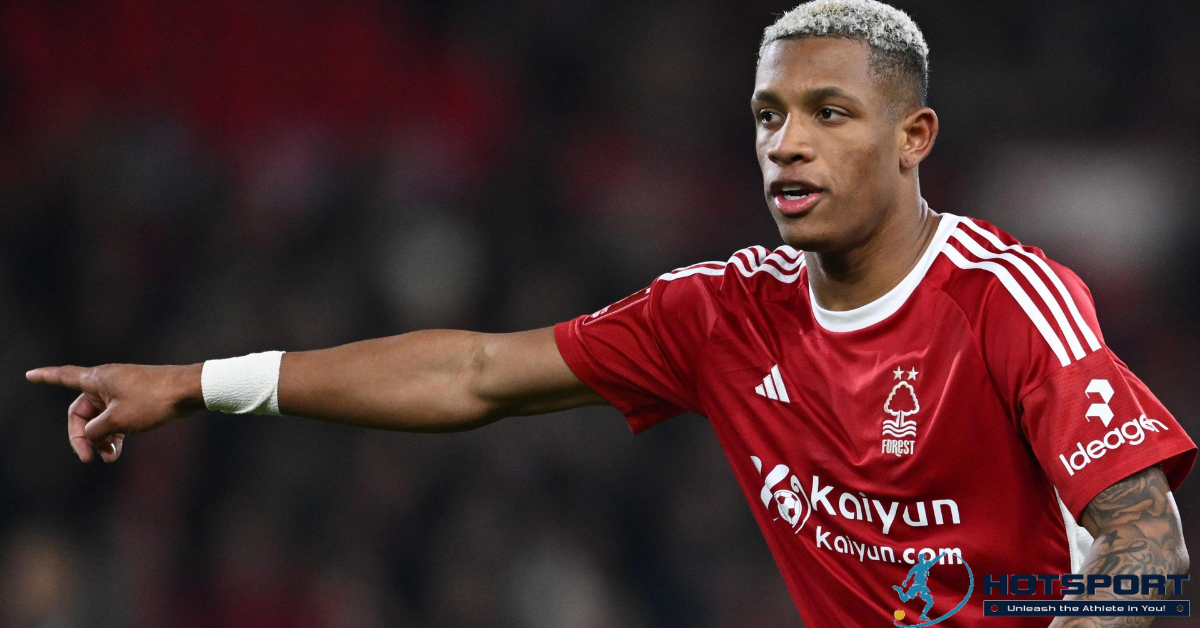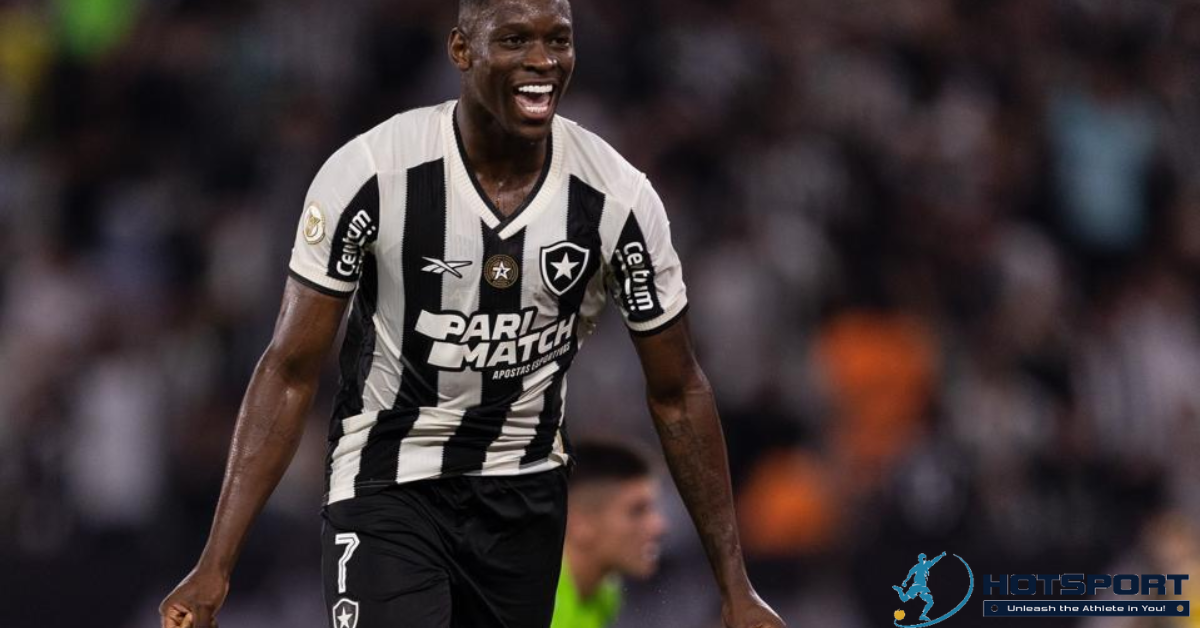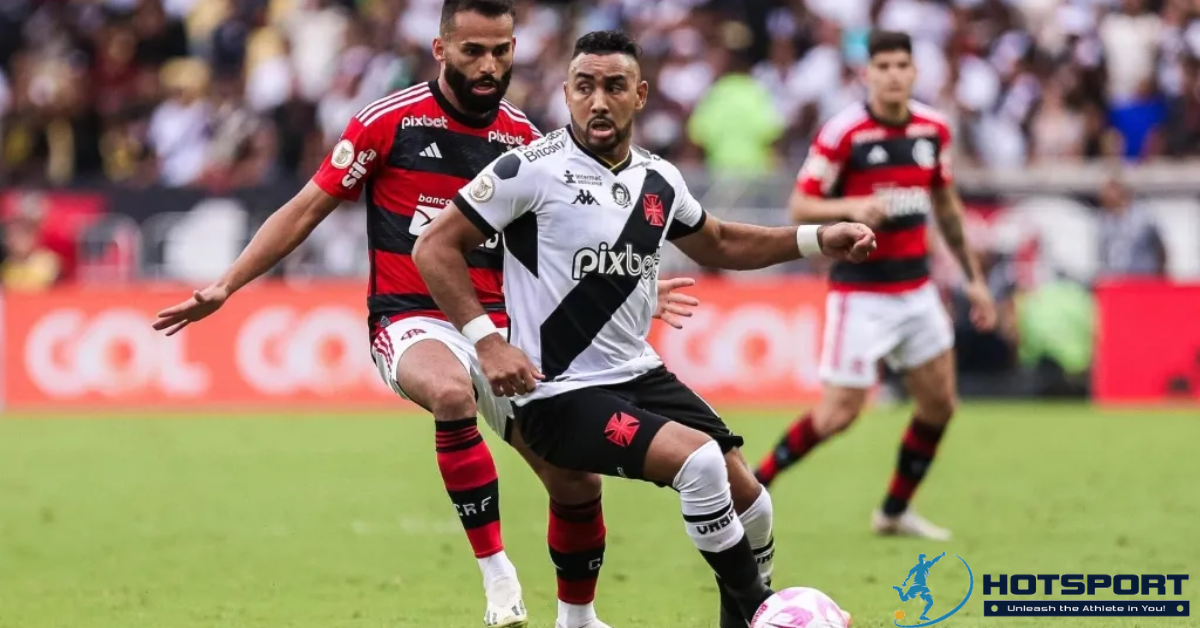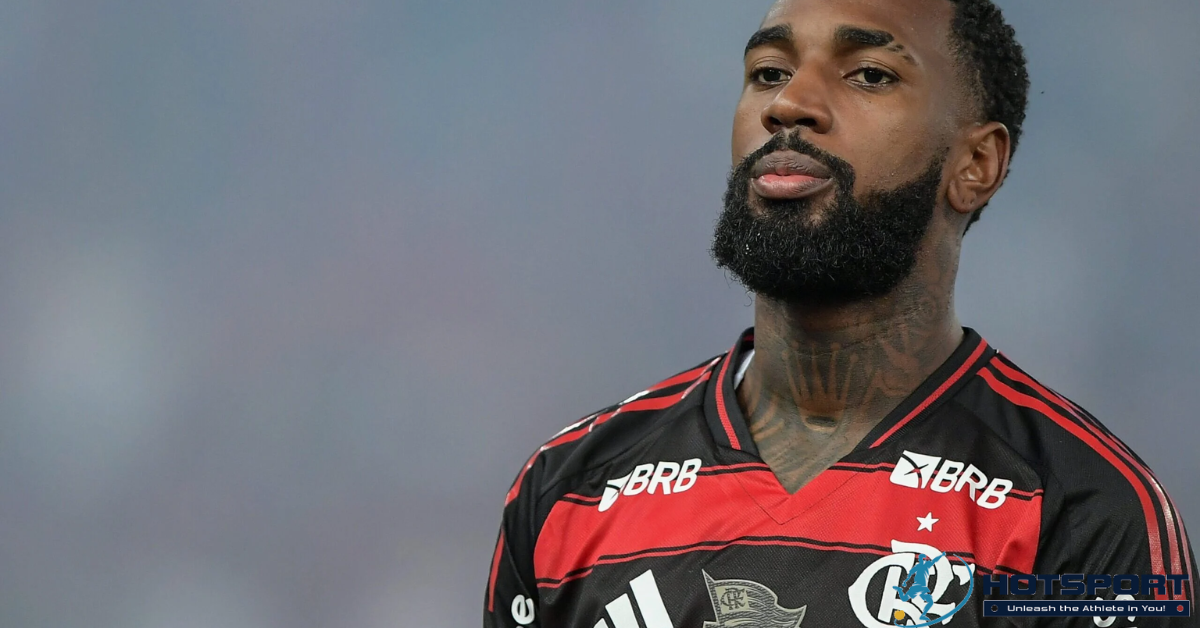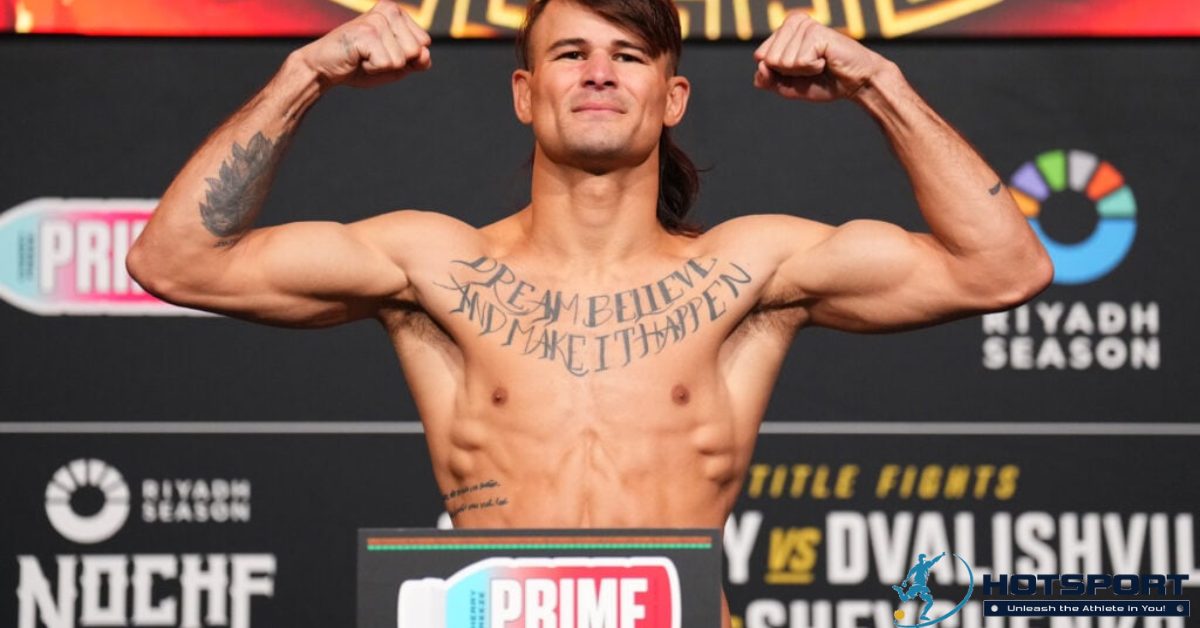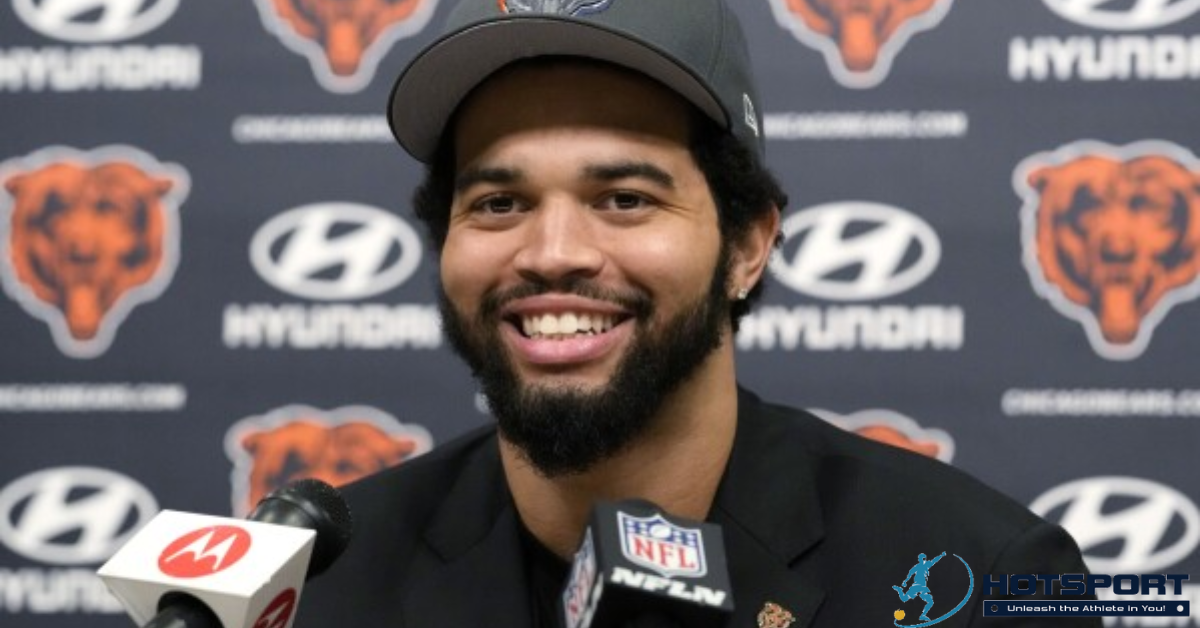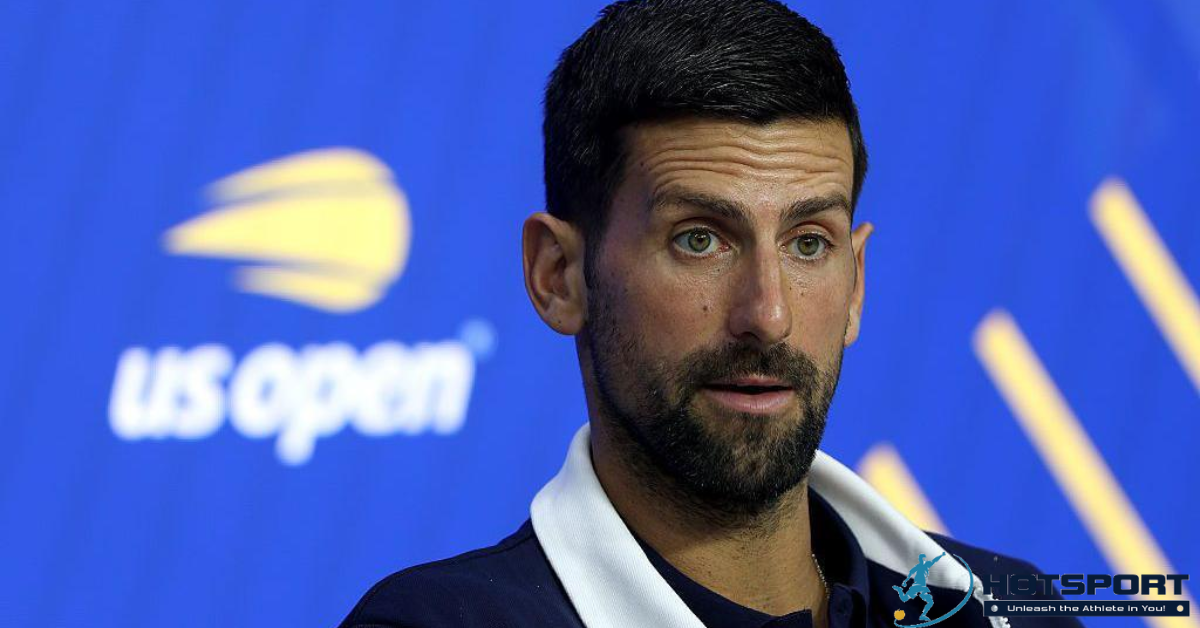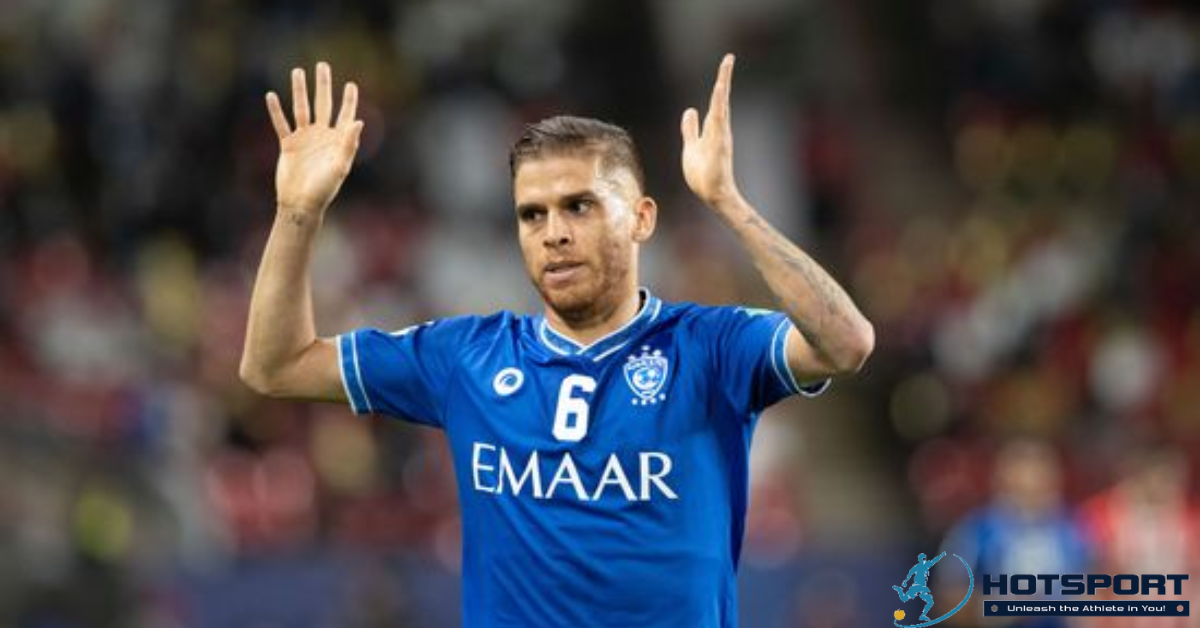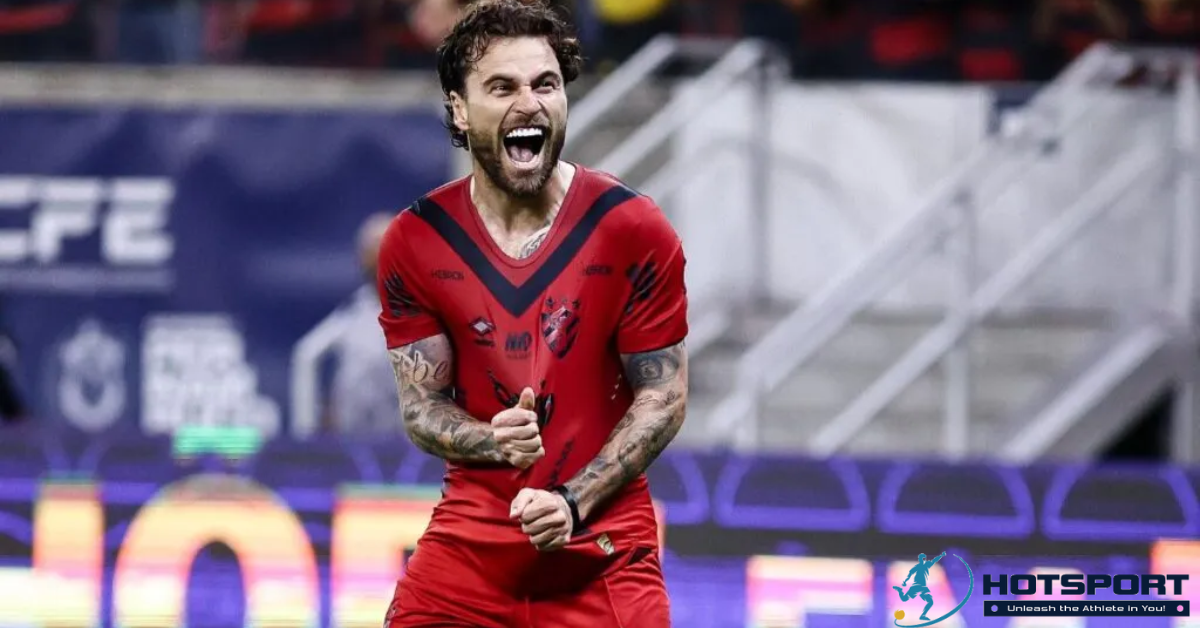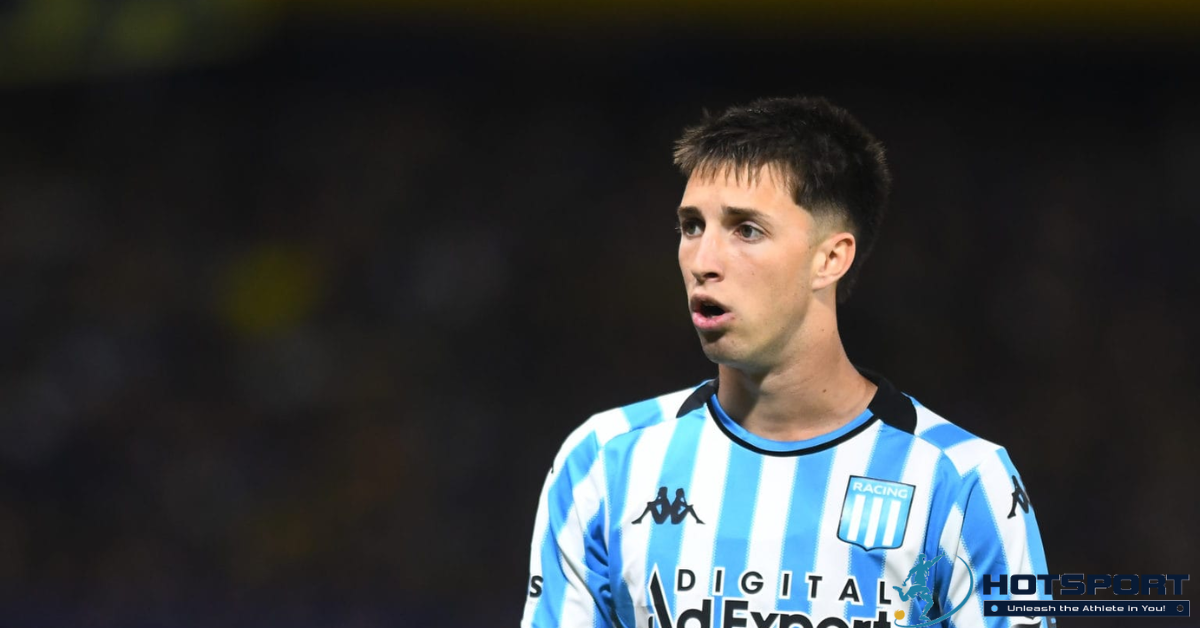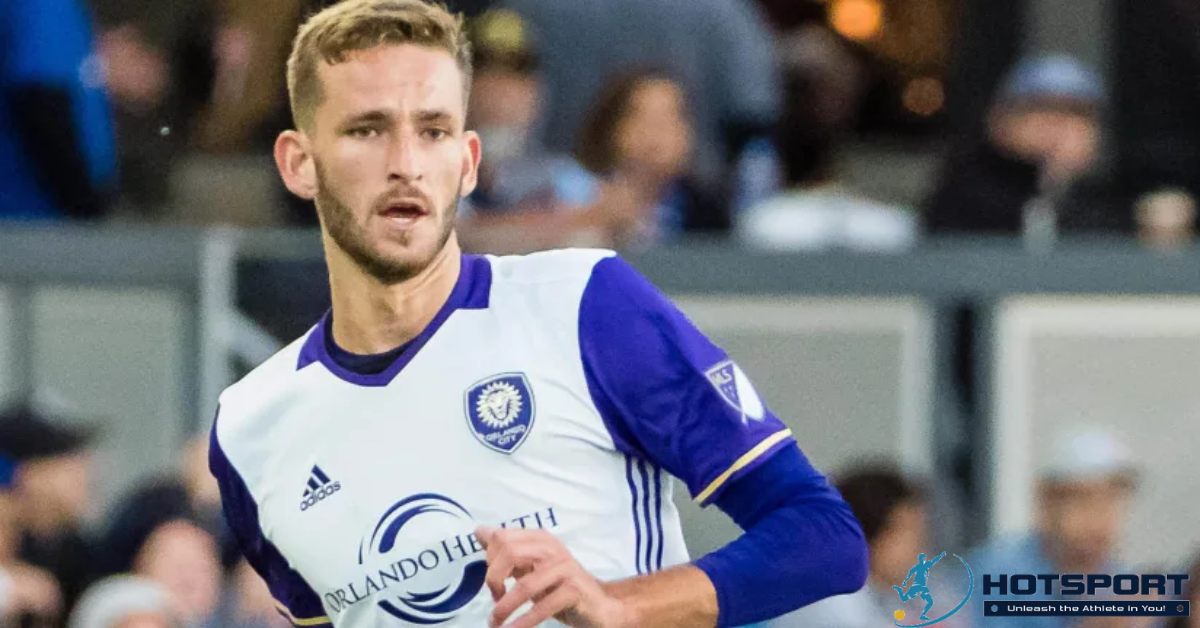Coritiba Foot Ball Club: Leader of Série B and Yesterday’s Battle at Couto Pereira
The Coritiba Foot Ball Club, affectionately known as Coxa, is one of the most traditional clubs in Brazilian football. Founded on October 12, 1909, the green-and-white from Paraná carries a history filled with achievements and passion. In 2025, the club is experiencing a special moment, leading the Série B of the Brazilian Championship and aiming for a return to the elite of national football. Yesterday, September 12, 2025, Coritiba faced Goiás at Estádio Couto Pereira in an electrifying match that ended in a draw but demonstrated the team’s strength in the competition. This article celebrates Coxa’s trajectory in Série B and recounts how yesterday’s battle against the Esmeraldino unfolded.
The Glorious History of Coritiba
Coritiba is a symbol of Paraná football. Founded by German descendants in Curitiba, the club is the oldest in Paraná and boasts the most state titles, with 39 conquests in the Campeonato Paranaense. Its history is marked by unforgettable moments, such as the 1985 Brazilian Championship title, when Coxa broke the hegemony of the big clubs from São Paulo, Rio de Janeiro, Rio Grande do Sul, and Minas Gerais. Additionally, the club has won Série B in 2007 and 2010, showing its ability to rise again in challenging times.
Couto Pereira, the stadium inaugurated in 1932, is Coritiba’s home and the stage for great emotions for the coxa-branca fans. With a capacity for over 40,000 supporters, the stadium is a green-and-white cauldron where the passion of the alviverde nation pulses in every game. In 2025, Couto has been the setting for a solid Série B campaign, with Coritiba in the lead and determined to secure promotion to Série A.
The 2025 Série B Campaign
The 2025 season has been a milestone for Coritiba. After a challenging start to the championship, the team found its rhythm and took the lead in Série B. With a solid defense, a creative midfield, and an efficient attack, Coxa has shown consistency round after round. Before yesterday’s game, the team came off an impressive 4-0 victory against Ferroviária, demonstrating the offensive power and tactical organization that have characterized its campaign.
Coritiba’s leadership in Série B is the result of collective work. The coach, players, and fans have formed a unit that propels the club toward its main goal: returning to Série A. Even facing tough opponents like Goiás, Coxa maintains confidence and determination to win the competition’s title.
Yesterday’s Game: Coritiba x Goiás
Yesterday, September 12, 2025, Coritiba hosted Goiás at Couto Pereira in a match valid for the 26th round of Série B. The game, which started at 8:30 PM, was eagerly awaited by the fans, as a victory could further consolidate Coxa’s leadership in the competition. Despite the 0-0 draw, the match was marked by moments of emotion, clear goal chances, and total commitment from the players on the field.
First Half: Balance and Missed Chances
The game began with Coritiba pressing. In the early minutes, striker Rodrigo Rodrigues had a chance to open the scoring, but Goiás’s goalkeeper made a great save. Shortly after, Sebas, another highlight of the alviverde attack, also posed a threat, but the ball ended up in the hands of the Esmeraldino keeper. The crowd, which filled Couto Pereira, pushed the team with chants and applause, creating a vibrant atmosphere.
Goiás, in turn, relied on quick counterattacks, exploiting the speed of its wingers. Coritiba’s defense, led by an experienced center-back duo, managed to neutralize the opponent’s advances. The first half ended with the score at zero, but with the feeling that Coxa was closer to scoring.
Second Half: Drama and Disallowed Goal
In the second half, Coritiba returned even more determined. The coach adjusted the midfield positioning, giving more freedom to the players to create plays. At the 36th minute of the second half, the coxa-branca fans nearly exploded with emotion: Sebas deflected a ball that passed just by the post, taking everyone’s breath away in the stadium. The play showcased the quality of the alviverde attack but also the difficulty in overcoming Goiás’s well-positioned defense.
In stoppage time, the most controversial moment of the game arrived. Coritiba scored a goal that lifted the fans, but after a VAR review, the play was disallowed for offside. The decision sparked complaints from the players and fans, who believed it was a legitimate goal. Despite the 0-0 draw, Coxa showed grit and created enough opportunities to win, but the lack of precision in finishing and the solid performance of the opposing goalkeeper kept the score unchanged.
Game Highlights
Several players stood out in yesterday’s match. Rodrigo Rodrigues and Sebas were the most dangerous in attack, creating important chances. In midfield, Lucas Ronier’s movement and vision were praised by the fans, who cheered him throughout the game, as recorded in a post from Coritiba’s official X profile: “Almost there, Lucas Ronier! Go get them… ⚽️”. In defense, Coxa proved solid, with few gaps for Goiás’s attack.
The fans were also a show in themselves. Even with the draw, the coxa-brancas sang from start to finish, showing the unconditional support that makes Coritiba one of Brazil’s most passionate clubs.
The Strength of the Coxa-Branca Fans
Coritiba’s fanbase is one of the club’s greatest assets. Known for their passion and loyalty, they have been fundamental in the Série B campaign. In 2025, Couto Pereira has recorded large crowds, with an average of over 18,000 fans per game, one of the highest in the competition. Yesterday, the chants echoed through the stadium, encouraging the team even in the most difficult moments.
The relationship between Coritiba and its fans is unique. The club has a base of 38,000 members who actively participate in Coxa’s life, whether in the stands or on social media. Posts on X, like those from Coritiba’s official profile, show the fans’ engagement, celebrating every play and cheering the team’s leadership in Série B.
The Path to the Title and Promotion
Despite the draw against Goiás, Coritiba remains at the top of Série B. With 26 rounds played, the club has a comfortable lead in the table, but the competition still holds challenges. Opponents like Sport, Avaí, and Novorizontino promise tough games in the upcoming rounds, and Coxa will need to stay focused to secure the title and return to Série A.
Coritiba’s coach has been working to maintain balance between defense and attack. The team has stood out for its defensive consistency, conceding few goals, and for creativity in midfield, with players capable of deciding matches. The fans believe that, with adjustments in finishing and maintaining the fighting spirit, Coxa can win the championship.
Historic Moments in Série B
Coritiba already has experience in victorious Série B campaigns. In 2007, the club won the title with a team that blended young talents and experienced players. In 2010, the second title came with a campaign marked by great performances at Couto Pereira. In 2025, Coxa seeks to repeat the feat, but with an even greater goal: returning to Série A as champions and ready to compete among the big ones.
One of Coritiba’s historical records in Série B is the streak of 24 consecutive wins in official competitions, achieved in 2011. This feat, recognized as one of the greatest in South American football, shows the club’s strength in times of overcoming. The current campaign has the potential to go down in history, with Coxa leading the competition and playing engaging football.
Coritiba’s Legacy
Beyond on-field success, Coritiba is known for its cultural and social relevance in Paraná. The club has international partnerships with teams like Porto and Benfica from Portugal, and Norwich City from England, reinforcing its global projection. Coxa is also a pioneer in other sports, such as American football, with the Coritiba Crocodiles, three-time Brazilian champions.
Coritiba’s history began in 1909, when Frederico “Fritz” Essenfelder brought a leather ball and introduced football to friends at the Teuto-Brasileiro Gymnastics Club. Since then, Coxa has become a symbol of tradition and passion, representing not only Curitiba but all of Paraná. The Atletiba derby against Athletico Paranaense and the Paratiba against Paraná Clube are moments that mobilize the city and showcase the strength of Paraná football.
Looking to the Future
The draw against Goiás does not diminish the shine of Coritiba’s Série B campaign. With leadership secured and fan support, Coxa is on the right path to achieve its goals. The next games will be decisive, and the coxa-branca nation is ready to fill Couto Pereira and push the team toward the title.
The 2025 Coritiba is more than a football team: it is the expression of grit, passion, and the history of a club that never gives up. Yesterday at Couto Pereira, Coxa showed that, even without victory, it has the quality to fight for the top. Bring on the next rounds, because the Verdão is ready to make history once again!

